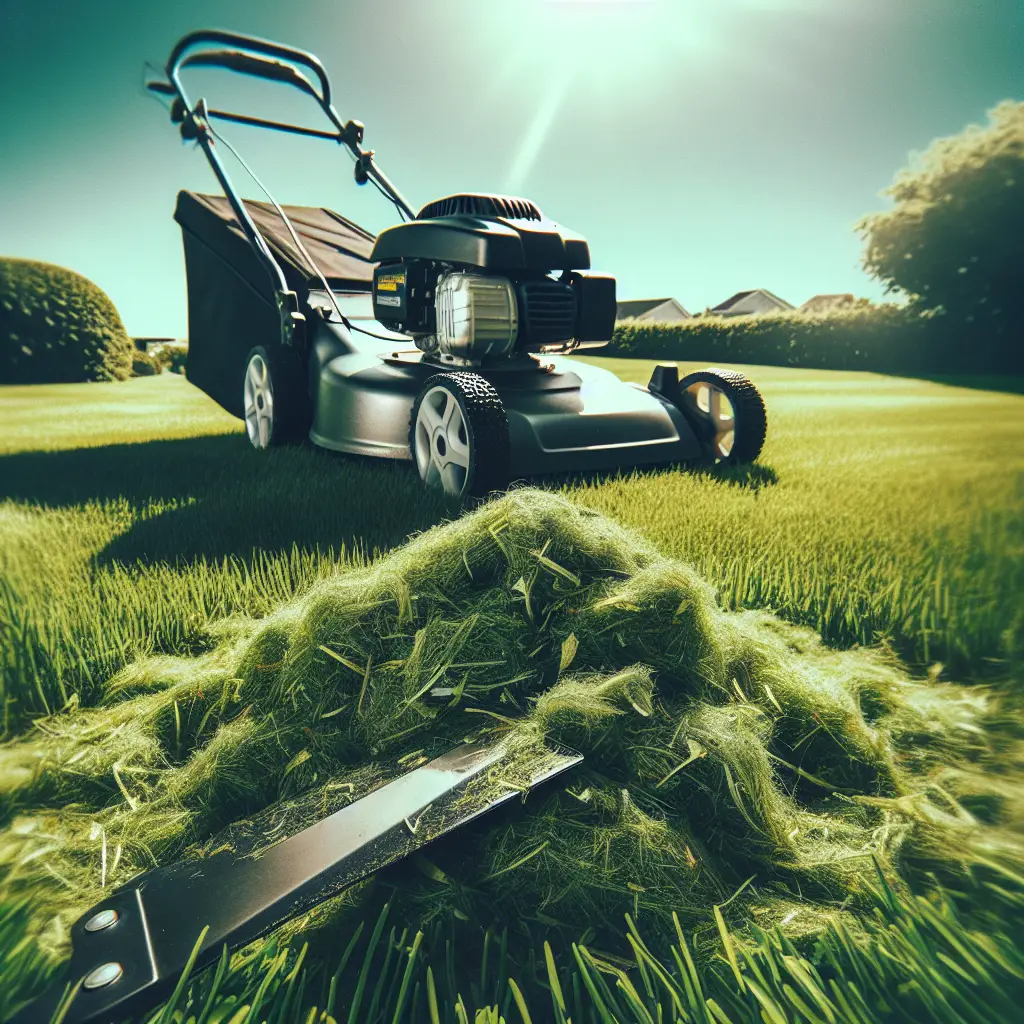Title: Should You Collect Grass Clippings After Mowing?
Mowing the lawn is a ritual as ingrained in the suburban ethos as backyard barbecues and the distant hum of lawnmowers on a Saturday morning heralds the arrival of summer. However, every lawn enthusiast eventually encounters the perennial question: to collect or not to collect grass clippings after mowing?
The great grass clipping debate is one that has perplexed gardeners for generations, with arguments on both sides of the fence. Today, we delve into the heart of the matter to equip you with the knowledge you need to make the best decision for your lawn’s health and your gardening ethos.
The Case for Leaving Grass Clippings on Your Lawn
Many experts argue that leaving the clippings where they fall can benefit your lawn significantly:
- Natural Fertilizer: Grass clippings are rich in nutrients, including nitrogen, phosphorus, and potassium, which are fundamental for plant growth. As these clippings decompose, they release these nutrients back into the soil, effectively acting as a natural fertilizer.
-
Moisture Retention: Clippings can help conserve soil moisture by providing a cover that reduces evaporation caused by sun and wind.
-
Weed Suppression: A layer of clippings can prevent weed seeds from reaching the soil and taking root.
-
Time and Effort: Not having to collect and dispose of clippings can save a great deal of time and physical effort.
This form of recycling your grass clippings is often referred to as “grasscycling” and has been endorsed by organizations such as the Environmental Protection Agency (EPA) as an environmentally friendly practice.
The Case for Collecting Grass Clippings
On the other side of the argument are the proponents of collecting grass clippings, citing the following reasons:
- Thatch Prevention: Some believe that leaving clippings on the lawn can contribute to thatch buildup, although research indicates that this is only a concern if the lawn is already unhealthy.
-
Aesthetic Preference: Cleanliness and the appearance of a freshly mown and debris-free lawn is a preference for some gardeners.
-
Use in Composting: Grass clippings can be a valuable addition to the compost bin as a source of green matter, which helps to balance the carbon-rich brown matter like dry leaves and branches.
-
Disease Management: If your lawn has a fungal disease, removing clippings can help prevent the spread of disease-causing spores.
While these points are valid, it should be noted that regularly mowing your lawn and maintaining it in good health can mitigate many of the concerns associated with leaving clippings on the lawn.
Best Practices for Grasscycling
If you decide that grasscycling is right for you, follow these best practices to ensure the health of your lawn:
- Mow When Dry: Wet clippings clump together, which can smother the grass and lead to thatch.
-
Mow at the Right Height: Don’t cut the grass too short; a height of about 3 inches is often recommended to promote healthy root development and weed suppression.
-
Keep Your Mower Blade Sharp: A dull blade can tear the grass, leading to an uneven cut and potential stress on your lawn.
-
Don’t Overcut: Never remove more than one-third of the grass blade length at a time to avoid stress on the grass.
Choosing the Right Lawnmower for the Job
The right lawnmower can make grasscycling a breeze. A mulching mower, designed with special blades to finely chop the clippings and distribute them evenly across the lawn, is ideal for this purpose. Models like the EGO Power+ 56-Volt Cordless Electric Lawn Mower are highly rated for their cutting efficiency and environmental friendliness.
Conclusion
Choosing whether to collect grass clippings after mowing is largely a matter of personal preference and specific lawn conditions. Grasscycling can save time and improve your lawn’s health if done correctly, but collecting clippings can be beneficial for composting or if you prefer a manicured look. Consider the pros and cons, and how each practice aligns with your lawn care goals.
For those looking to optimize their lawn care further, exploring sources like the University of California’s guide on mowing and grasscycling can provide more in-depth information.
Ultimately, maintaining a healthy and vibrant lawn requires a combination of good practices, some trial and error, and a bit of patience. Whether you grasscycle or collect, your efforts will pay off in the lush green expansiveness of your own slice of the great outdoors.


